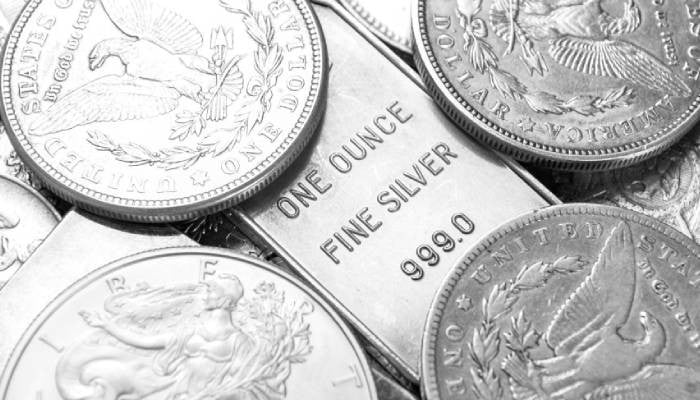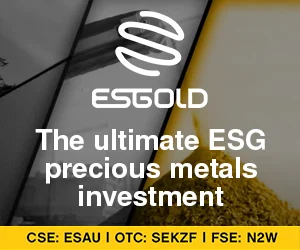Silver prices have recently surged to their highest levels in decades, driven by a combination of soaring demand and limited supply. On October 9, silver prices rose by up to 4.8%, reaching $51.23 per ounce, marking the highest price since the infamous spike caused by the Hunt brothers in 1980. This article delves into the factors contributing to this remarkable increase, the implications for investors, and the future outlook for silver.
A Historic Surge
The recent surge in silver prices is nothing short of extraordinary. With a staggering increase of approximately 75% so far this year, silver has outperformed even gold, which has traditionally been viewed as the ultimate safe-haven asset. According to Bloomberg, this unprecedented rise is indicative of a broader trend where investors are increasingly turning to precious metals as a hedge against economic uncertainty.
Factors Driving Demand
Several key factors are fueling the current demand for silver. First and foremost, investors are seeking safe assets amid growing concerns about U.S. fiscal risks, an overheating equities market, and potential threats to the Federal Reserve’s independence. In times of economic instability, precious metals like silver and gold are often seen as reliable stores of value.
Additionally, the limited availability of silver in the London market has exacerbated the situation. The scarcity of the metal has made it more expensive to borrow, further driving up prices. As investors scramble to secure their holdings, the competition for available silver has intensified, pushing prices to new heights.
Industrial Uses and Investment Appeal
Unlike gold, which is primarily valued for its investment potential, silver has a dual role as both an investment and an industrial commodity. Its applications in technology, particularly in solar panels and wind turbines, account for more than half of all silver sold. As the world increasingly shifts towards renewable energy sources, the demand for silver in these industries is expected to grow, adding another layer of complexity to its market dynamics.
The Psychology of Investment
The current market sentiment surrounding silver is also noteworthy. Kieron Hodgson, a commodity analyst at Peel Hunt Ltd., points out that discussions around currency debasement—regardless of their actual implications—have ignited investor enthusiasm for gold and silver. This enthusiasm resembles the fervor seen in sectors like artificial intelligence and technology, where investor sentiment can often drive prices beyond traditional valuation metrics.
Future Outlook
Looking ahead, the outlook for silver remains robust. Analysts predict that by 2025, the demand for silver will exceed its supply for the fifth consecutive year. This persistent imbalance between supply and demand is likely to keep upward pressure on prices, making silver an attractive option for both investors and industrial users alike.
Conclusion
The surge in silver prices to their highest levels in decades is a multifaceted phenomenon driven by strong demand, limited supply, and a growing recognition of silver’s value as both an investment and an industrial commodity. As economic uncertainties continue to loom, silver’s appeal as a safe-haven asset is likely to endure, making it a focal point for investors looking to navigate the complexities of today’s financial landscape. Whether for its industrial applications or its investment potential, silver is poised to remain a key player in the global market for years to come.




